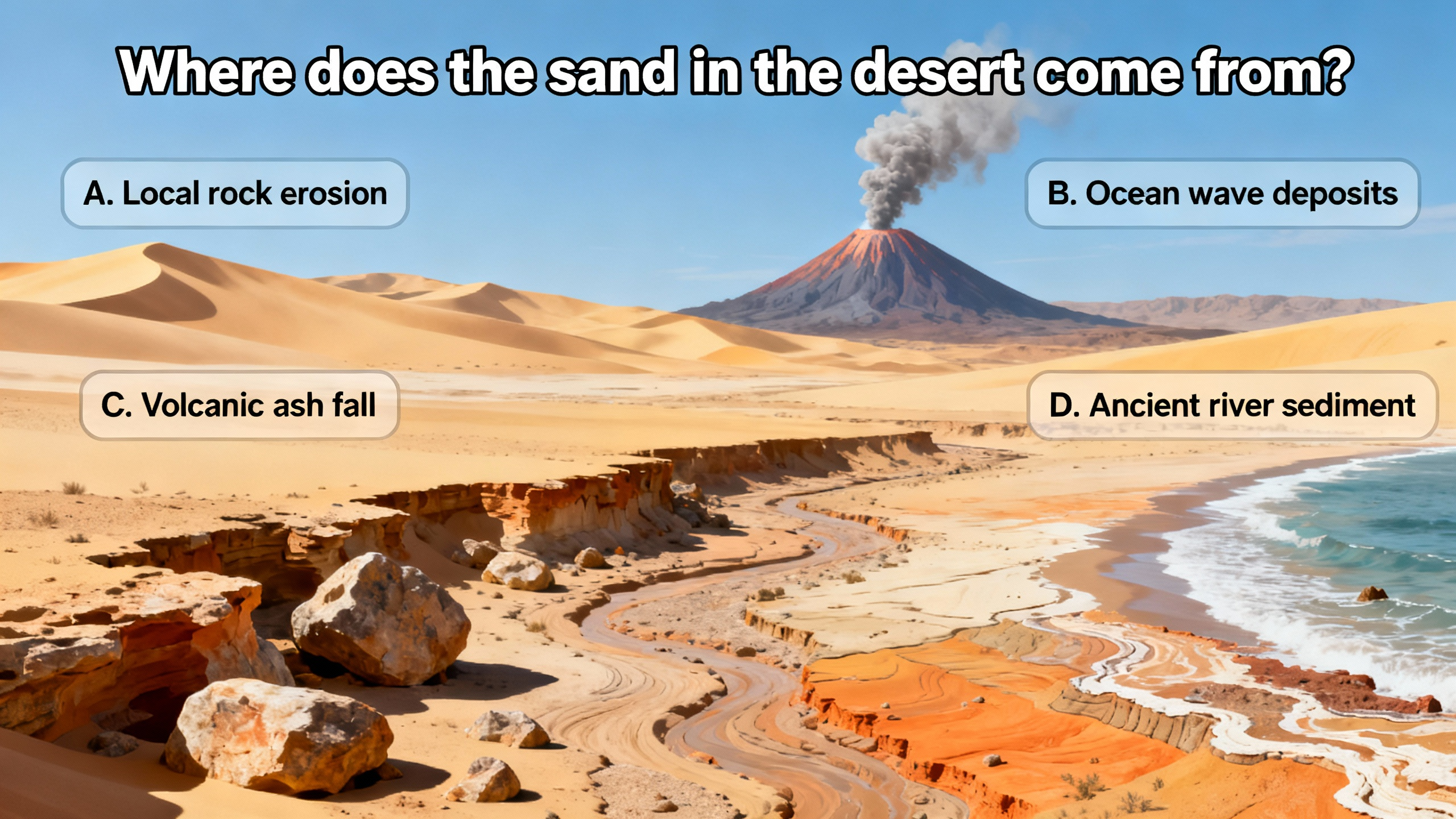Isaac Newton's Lesser - Known Scientific Achievements
Isaac Newton, a titan of science, is most famous for his work on universal gravitation. However, he made several other little - known but significant scientific achievements.
One of Newton's less - publicized feats is in the field of optics. He conducted a series of experiments with prisms. Newton was the first to demonstrate that white light is actually a combination of all the colors of the visible spectrum. By passing a beam of white light through a prism, he observed that it separated into a rainbow of colors. Then, he used a second prism to recombine these colors back into white light. This discovery was revolutionary as it challenged the prevailing view that colors were modifications of white light. His work laid the foundation for modern understanding of the nature of light and color.  Additionally, Newton designed and built the first reflecting telescope. The reflecting telescope uses mirrors instead of lenses to gather and focus light. This design overcame many of the problems associated with refracting telescopes, such as chromatic aberration, which causes color fringing in the image. His reflecting telescope was a significant improvement in astronomical instrumentation, allowing for clearer and more precise observations of the night sky.
Additionally, Newton designed and built the first reflecting telescope. The reflecting telescope uses mirrors instead of lenses to gather and focus light. This design overcame many of the problems associated with refracting telescopes, such as chromatic aberration, which causes color fringing in the image. His reflecting telescope was a significant improvement in astronomical instrumentation, allowing for clearer and more precise observations of the night sky.
Newton also made important contributions to the field of mathematics. He independently developed calculus around the same time as Gottfried Wilhelm Leibniz. Calculus is a mathematical tool that is essential for understanding rates of change and accumulation. Newton used calculus to solve many problems in physics, such as calculating the orbits of planets and the motion of objects under the influence of forces. His version of calculus, which he called "the method of fluxions and fluents," was initially developed to deal with the problems of motion and change in the physical world. Although the development of calculus led to a bitter priority dispute between Newton and Leibniz, there is no doubt that Newton's work was fundamental in shaping modern mathematics and physics. His calculus provided a powerful new way to describe and predict the behavior of the natural world, enabling scientists to solve problems that were previously intractable.
In conclusion, while Newton's law of universal gravitation remains his most well - known contribution, his work in optics and mathematics showcases his wide - ranging scientific genius. These less - known achievements have had a lasting impact on multiple scientific disciplines, influencing the way we understand light, color, and the fundamental laws of the universe.










